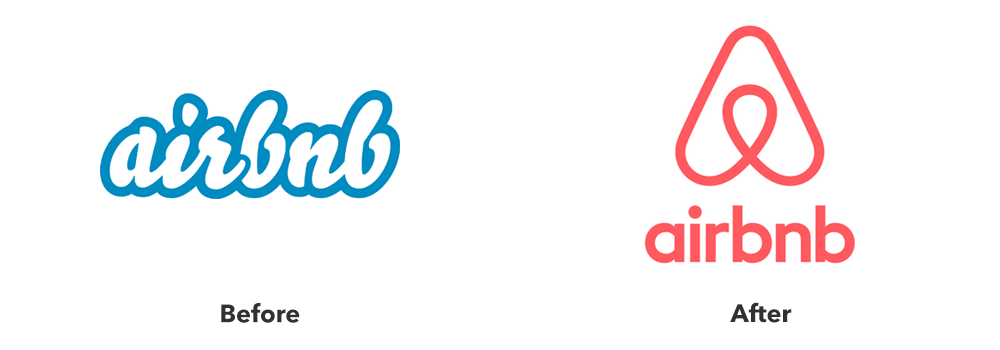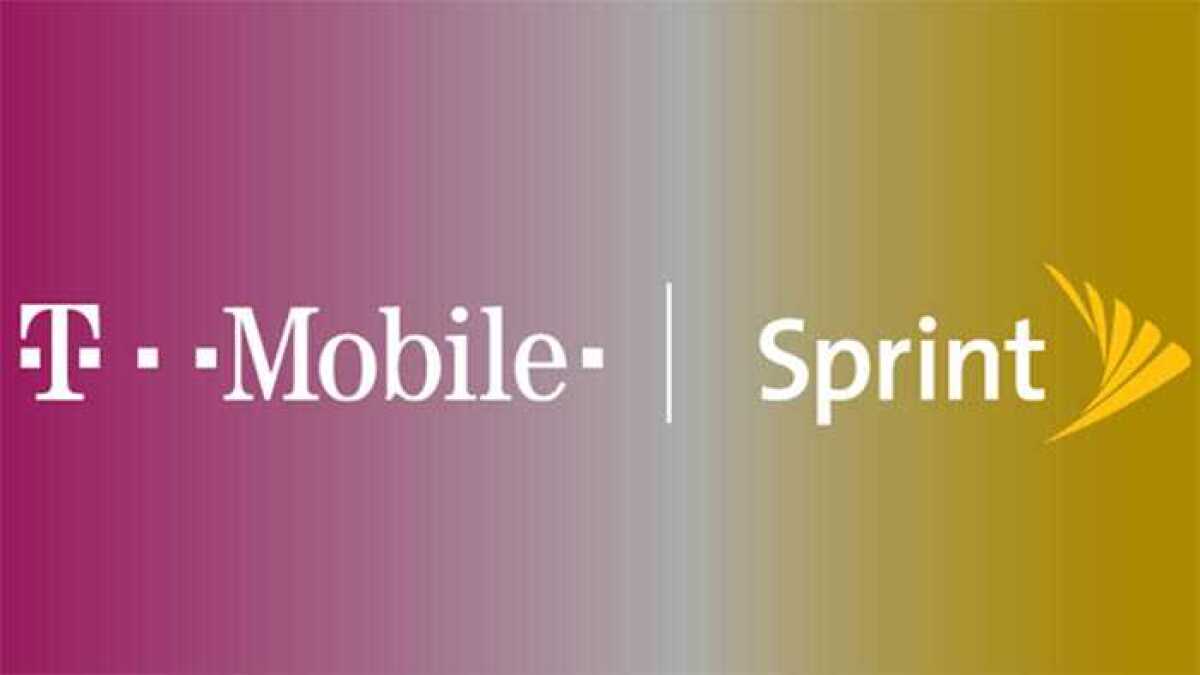Insiders List
Join our insiders list and stay updated on the latest trends in digital, company news and deals.
You're In! Thanks for subscribing. Check your email and spam for your first email!
Oops! Something went wrong while submitting the form.
Change isn’t just a part of business—it’s the pulse that keeps it alive. Markets shift, customers evolve, and technology reshapes how people connect with brands. If your company’s image hasn’t evolved in years, chances are it’s no longer saying what you want it to say.
That’s where a rebrand comes in.
A rebrand isn’t just a logo refresh or a new color palette. It’s about redefining how your business is perceived—visually, strategically, and emotionally. It’s about telling the world who you are now, not who you were when you first started.
In this article, we’ll unpack why rebranding can be a pivotal moment for your business, how to recognize when it’s time, and what a well-executed rebrand can do to strengthen your long-term success.
Before diving into the reasons why you should rebrand, let’s clarify what it actually means.
Rebranding is the process of reshaping the way your company is seen and understood. It’s not limited to visuals—it’s a complete realignment of your identity. That includes your design elements (like logos and typography), but also your tone, messaging, mission, and customer experience.
There are two main kinds of rebrands:
The goal of any rebrand is to connect your company’s past with its future. You keep your loyal customers while making space to reach new ones.
Rebranding doesn’t happen by accident. It’s often driven by growth, competition, or change. Sometimes it’s proactive—a strategic move toward the future. Other times it’s reactive—a necessary response to market shifts.
Let’s explore the most common reasons.
Most businesses start with quick decisions—logos made overnight and taglines that “work for now.” But as time passes, your business matures. You grow, evolve, and shift direction.
What once fit perfectly can start to feel outdated.
Maybe you’ve expanded your services. Maybe your audience has changed. Or maybe your brand just doesn’t reflect the level of quality you deliver anymore.
A rebrand helps realign your identity with your evolution. It ensures your brand mirrors who you’ve become, not who you used to be.
Example:
Instagram started as a simple photo-sharing app. But as it evolved into a full social media platform, the company dropped its old retro camera logo for a sleek, colorful gradient mark—reflecting its modern, global identity.
Markets evolve. Customers change.
If your company began serving one group but is now reaching for a different demographic, your brand must evolve to match that shift.
Rebranding helps you reposition yourself. It’s about more than design—it’s about speaking the right language, using the right tone, and creating the right experience for your new audience.
Example:
Old Spice used to be a brand for older men. Then came its humorous, modern campaign that flipped that perception entirely. The brand became fresh, relevant, and appealing to younger consumers—without losing its heritage.
When everyone in your industry looks and sounds the same, blending in becomes dangerous.
A strategic rebrand can help you stand out. It gives you the chance to claim your unique voice, highlight your value, and clearly show why you’re the better choice.
Pro Tip:
Start with a competitive audit. Study how your rivals look, sound, and communicate. Then define what sets you apart—and make sure your brand expresses that difference clearly and confidently.
Design trends don’t stand still. What looked sharp ten years ago might look clunky today.
Colors, fonts, and layouts all carry emotion. A dated look can make your business seem irrelevant—even if your service is top-notch.
A visual refresh shows that your company is growing with the times, not lagging behind them.
Example:
Airbnb’s 2014 rebrand introduced the now-iconic “Bélo” symbol—friendly, inclusive, and simple. It captured the company’s transition from a home-rental service to a global travel community.

Mergers, acquisitions, or leadership transitions can create confusion. Suddenly, two different cultures and visions need to become one.
A rebrand helps unify everything under a shared story. It provides clarity and direction, both internally and externally.
Example:
When Sprint merged with T-Mobile, the rebrand signaled a unified front focused on innovation, speed, and progress—all under one bold identity.

What connects in one country—or even one region—might not translate in another.
A rebrand can help you adapt to new audiences by simplifying visuals, refining messaging, and creating flexible sub-brands that fit local cultures. The best global brands maintain consistency while leaving room for regional relevance.
Sometimes, rebranding isn’t about growth—it’s about redemption.
If your company has faced negative press, customer backlash, or public criticism, a rebrand can help you communicate that change is happening. It’s a visual and verbal way of saying, “We’ve learned. We’re different now.”
Of course, a new logo can’t fix everything. Real change has to follow. But when paired with action, rebranding can be a powerful tool for rebuilding credibility.
As companies grow, branding can become chaotic. Different departments use different logos, tones, or colors. The result? Confusion.
A rebrand gives you a clean slate. It’s a chance to define clear brand guidelines so that every interaction—from your website to your business cards—looks and feels consistent.
Consistency builds trust. And trust builds long-term loyalty.
Your brand doesn’t just attract customers—it attracts people.
Professionals want to work for companies that feel modern, credible, and mission-driven. A strong brand signals opportunity. A dated one sends the opposite message.
Rebranding can help you present your company as forward-thinking—a place where great people want to build great things.
Sometimes, it’s just time.
When you’ve mastered your current market and your business is growing faster than your brand can keep up, a rebrand helps you step into your next chapter with confidence.
It’s not about abandoning your roots—it’s about honoring them while building something even greater.
A rebrand isn’t a quick fix—it’s an investment. But when done right, it pays dividends far beyond a new look.
Here’s what it can do for your business:
Rebranding helps your business stay current. It’s a way to reconnect with your audience, adapt to new expectations, and show that you’re evolving—not fading.
Think of it as a business refresh. You’re not changing who you are—you’re reintroducing yourself to the world.
In crowded industries, clarity is everything.
Rebranding sharpens your message and story, helping customers quickly understand what makes you different—and why that difference matters.
When people can articulate your value clearly, they’re far more likely to choose you.
The best brands don’t just communicate; they connect.
Through intentional storytelling and design, rebranding gives your business personality and heart. It makes your company more relatable, memorable, and human.
Because at the end of the day, people don’t just buy products—they buy stories.
When your brand feels fresh and relevant, people take notice. A successful rebrand can reignite excitement among existing customers and attract new ones.
It’s an opportunity to deepen relationships and remind your audience why they chose you in the first place.
A rebrand brings internal unity. When every team member understands the same mission, values, and message, the company moves as one.
That shared clarity improves communication, strengthens culture, and boosts morale.
Good design and consistent messaging shape how people perceive value.
A modern, well-executed rebrand can instantly make your company feel more credible, established, and premium.
Because great branding doesn’t just show what you do—it shows what you’re worth.
Rebranding is a big move, and timing matters.
Here are a few signs that your company might be ready:
If two or more of these ring true, it’s time to at least explore a brand audit or strategy session.
Rebranding isn’t a single design sprint—it’s a thoughtful, multi-step journey.
Here’s how to do it right:
Let’s clear up a few misconceptions that often stop companies from taking the leap:
Rebranding isn’t a cosmetic fix—it’s a strategic move toward longevity.
When done with clarity and purpose, it can revitalize your business, strengthen your culture, and deepen your connection with customers.
As the world evolves, your brand must evolve too. Because at its core, your brand is a living reflection of who you are—and who you’re becoming.
So if your company has grown, your vision has shifted, or your image no longer fits your mission...
Maybe it’s not just time for a new logo.
Maybe it’s time for a new legacy.
From startups to enterprises, NFDEVELOPMENT has been building success stories worldwide. Let’s create your next one together.